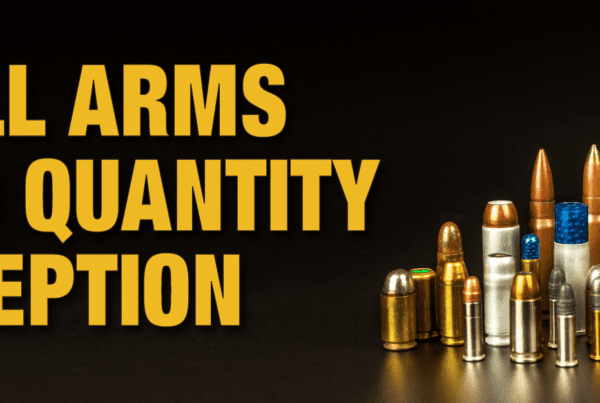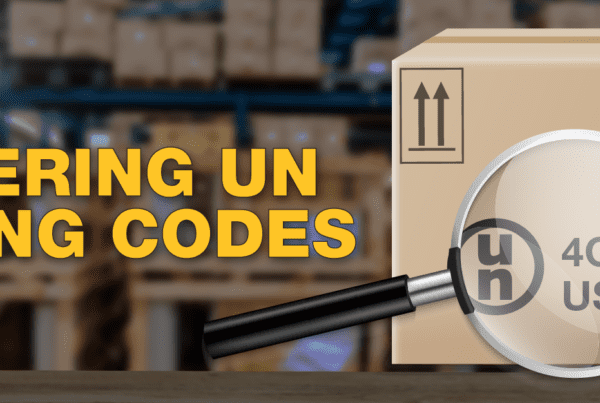Next year signals the start of a new biennium for transportation of dangerous goods. Ocean shippers should take a look at what’s in store in the new International Maritime Dangerous Goods Code (IMDG) which has been updated to reflect the most recent revisions of the UN Recommendation for the Transport of Dangerous Goods.
Compared to other regulations, the IMDG Code has a rather complex method of implementing changes. The IMDG Code 38th Edition was published in November of this year, so it will be referred to as the 2016 edition. However, the changes will not go into effect for 2016. Instead, shippers and carriers may start to use the new edition as of January 1, 2017. But a transition period of one year is given, so the changes are not mandatory until January 1, 2018. A new edition of the Code will be published near the end of 2018, but there will be another transition period of a year during which the 38th edition can still be used.

IMDG Transition Timeline
Think of it this way – during odd-numbered years you can use the current edition of the code, or the previous one. During even-numbered years, you must use the latest code published.
So, what changes can we expect for ocean shipment? It turns out that this biennium will not be one of massive changes, but will reflect adjustments and tweaks, as well as the introduction of a few new shipping descriptions. Here’s a list of the most significant changes for the 38th Edition.
- The classification sections for gases, flammable liquids, toxic substances and corrosives will now include definitions of materials prohibited from transport. These will be materials that can polymerize or decompose violently under the normal conditions of ocean transport.
- A new section 2.0.0.2, addresses when the shipper believes a named substance has hazards beyond those assigned by the regulations.
- In section 2.3.2.2, an alternate measurement of viscosity (using kinematic viscosity) can now be used in adjusting the packing group of viscous flammable liquids.
- A new type of flammable solid, called polymerizing substance, has been added to the classification criteria for Division 4.1.
- New shipping names have been added to the Dangerous Goods List in Volume 2. These include names for the new polymerizable substances (UN3531 to UN3534); new names for engines of various types, which have been split from vehicles (UN3528 to UN3550); and a new entry for polyester resin kits which have a solid, rather than liquid, base (UN3527).
- The new entries on the Dangerous Goods List have required the creation of new packing instructions for them.
- For UN1950, AEROSOLS, there is a new packing instruction, LP200, which will allow spray cans to be shipped in “large packagings” (combination packagings exceeding 450 Litres capacity per outer packaging.)
- New ISO standards have been incorporated into the packaging instructions for Class 2 gases.
- The “OVERPACK” marking has now been assigned a minimum letter height of 12 mm.
- Lithium batteries have changed in several ways to reflect new UN standards. First, the Code has introduced the new lithium battery handling mark, and the new lithium battery class 9 label. Both of these have a transition period of two years, and become mandatory in 2019. These are addressed in the revised Special Provision SP188 and the new SP384.
- Lithium batteries that are prototypes or low production samples have a new packing instruction, P910.
While shippers of dangerous goods by ocean have slightly longer to adapt to the new regulations than do air shippers, it’s important to remember that ocean shipments are usually longer as well. Don’t get caught out when your shipment suddenly becomes non-compliant mid-ocean.
If you have questions about the coming requirements for shipping dangerous goods by ocean, contact us here at ICC Compliance Center at 1-888-442-9628 (USA) or 1-888-977-44834 (Canada).






 ICC USA
ICC USA ICC Canada
ICC Canada